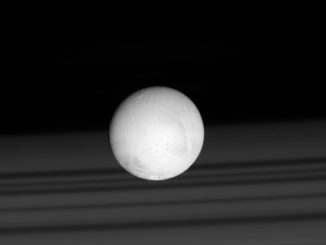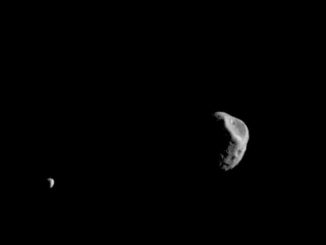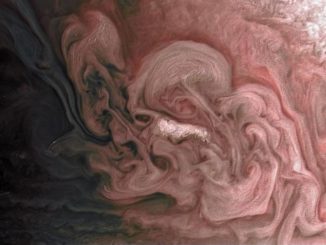
Picture This





Jupiter’s red spot might be shrinking, but it’s still great!
The Juno probe’s public-outreach camera routinely captures stunning views of Jupiter cloudtops and storms, including the Great Red Spot, seen here in an image processed by graphic artist Seán Doran. The GRS has been shrinking for years, but it remains easily the largest storm in the solar system and one still worthy of its name.



Glowing stellar nurseries in a web of cosmic filaments
A vast star-forming region as seen by the European Space Agency’s Herschel space observatory shows a tangled web of filaments with embedded hot spots where stars are being born. Observations of such filaments indicate a common process is at work to generate such filaments — and stars — from the interstellar medium.

A big storm, by definition, on mighty Jupiter
Citizen scientists process a stunning image of a giant storm in Jupiter’s northern hemisphere taken by NASA’s Juno spacecraft during its 11th close flyby of the giant planet. Bright cloud tops look similar to storm clouds on Earth, although the scale is vastly larger. Juno is giving planetary scientists a unique view of Jupiter from the spacecraft’s polar orbit.

The Crab Nebula in all its spectacular multi-wavelength glory
A newly processed view of the Crab Nebula, combining X-ray emissions, ultraviolet, optical, infrared and radio emissions using five different telescopes, reveals an astonishing level of detail in the evolving supernova blast, a complex tapestry of debris powered by a fast-spinning pulsar, the collapsed remnant of the destroyed star.
